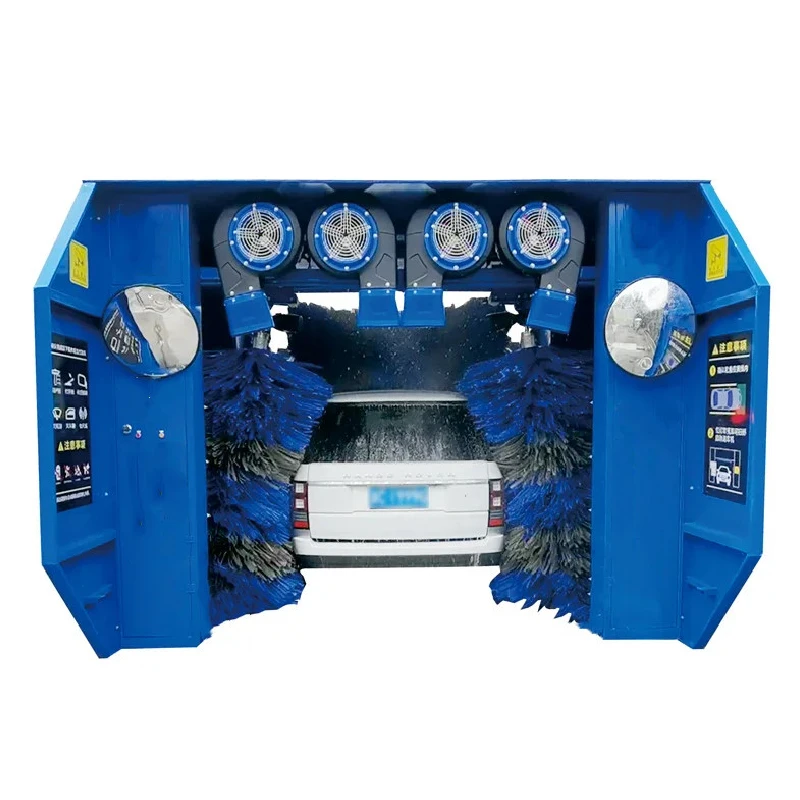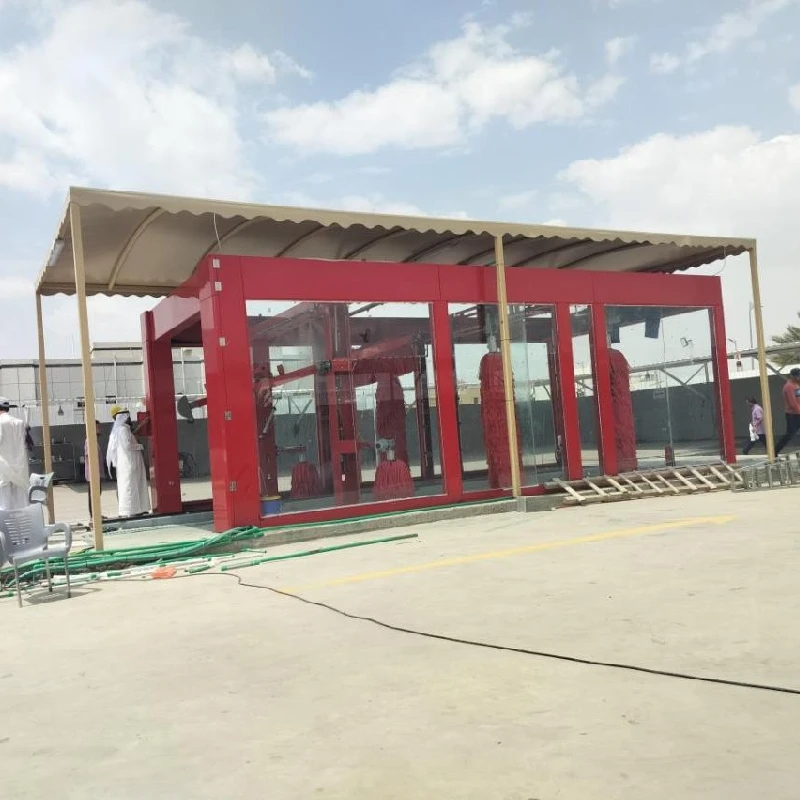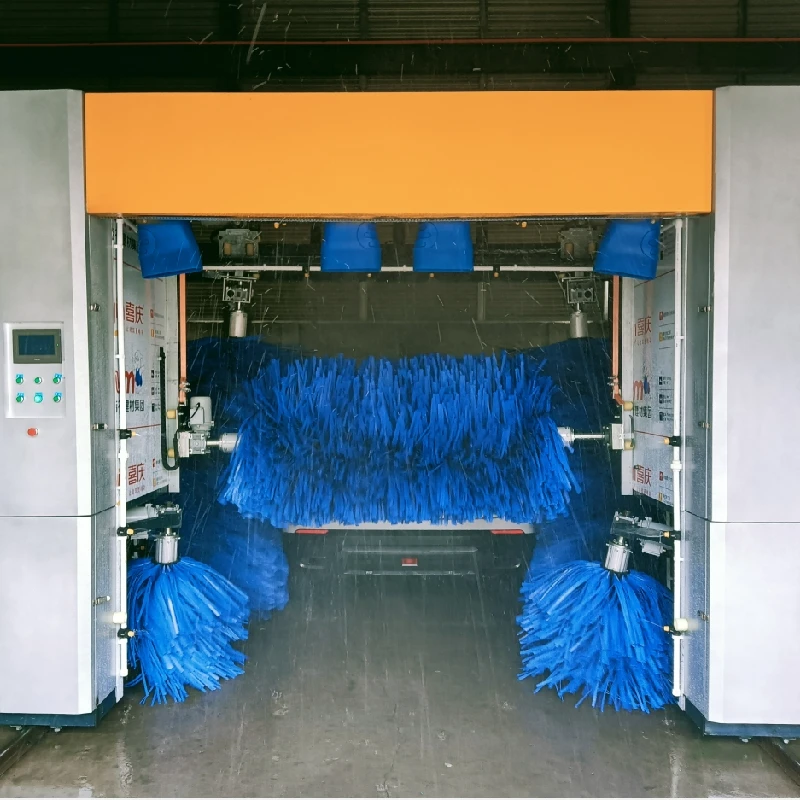Car Wash Equipment: Durable, High-Efficiency, Low Water Use
A Practical Insider’s Guide to Modern Car Wash Systems
If you’ve been shopping for car wash equipment lately, you’ve probably noticed two things: automation is everywhere, and the talk around water, energy, and uptime has gotten very real. The air-dried Automatic/Gantry/Rolling/Reciprocating unit from Xingtai Dingyuan Energy Saving Technology Development Co., Ltd. (27Retail Sales, East Of Fuxin Road, Qiaoxi Area, Xingtai, Hebei, China) is a good snapshot of where the category is headed—integrated brushing, precise chemical dosing, and powerful air drying, all in one frame.
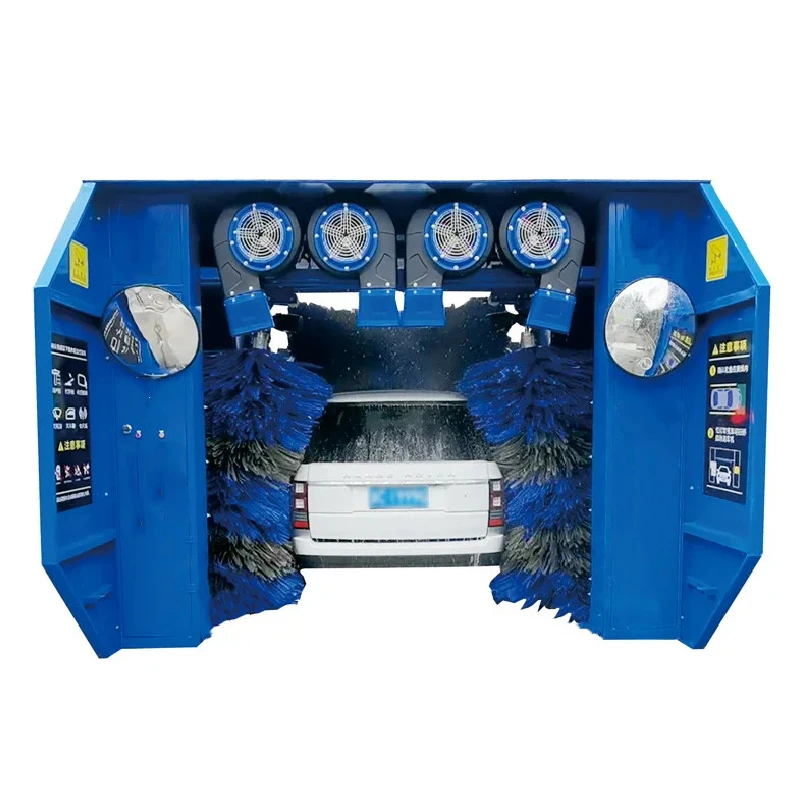
What’s trending (and what actually matters)
Shops want speed, less rework, and predictable costs. In fact, operators keep telling me they’ll take reliable drying over fancy light shows any day. The standout shifts right now: variable-frequency drives for energy control, smarter foam/chem dosing, and reclaim-ready plumbing. And yes, touch-enabled PLC interfaces are now table stakes.
Quick spec snapshot (real-world values may vary)
| Model Type | Automatic/Gantry/Rolling/Reciprocating |
| Throughput | ≈ 20–40 cars/hour (site layout, staff flow dependent) |
| Frame & Materials | 304 stainless frame; HDPE/EVA brushes; industrial-grade pumps |
| Pump Pressure | ≈ 90–120 bar for pre-wash/rinse |
| Air Drying | High-velocity blowers; noise ≈ 72–78 dB(A) @1 m |
| Controls | PLC with HMI; VFDs on motors; chemical metering pumps |
| Power | 3-phase, 380–480 V (regional variants available) |
| Ingress Protection | Motors/controls typically IP55–IP65 per IEC 60529; verify build |
Process flow, testing, and service life
Process: pre-soak → soft-brush wash → high-pressure rinse → wax/sealant → air dry. Methods: controlled overlap of brush arcs to reduce swirl risk; balanced nozzles for coverage; VFD ramps to limit mechanical shock. Testing standards many buyers ask for include IEC 60529 (IP), IEC 60204-1 (machinery electrical safety), and in auto contexts sometimes ISO 20653. Typical service life: around 8–12 years with preventive maintenance (bearings, seals, belts). Industries: forecourts, dealerships, fleet depots, municipal transit yards, rental hubs.
Vendor comparison (field-notes style)
| Vendor | Price Band | Lead Time | Customization | Warranty | Certs (typical) |
|---|---|---|---|---|---|
| Dingyuan (China) | Mid | ≈ 4–8 weeks | Frame width, brush media, payment I/O | 12–24 mo (ask terms) | ISO 9001 at factory; CE where applicable |
| Vendor A (EU) | High | 6–12 weeks | Broad; premium options | 24–36 mo | CE/UKCA; ISO 9001 |
| Vendor B (US) | Mid–High | 4–10 weeks | OEM programs; telemetry | 12–24 mo | UL/cUL; ISO 9001 |
To be honest, support responsiveness and spares availability matter as much as sticker price. Many customers say a 24–48h parts pipeline trumps a small upfront discount.
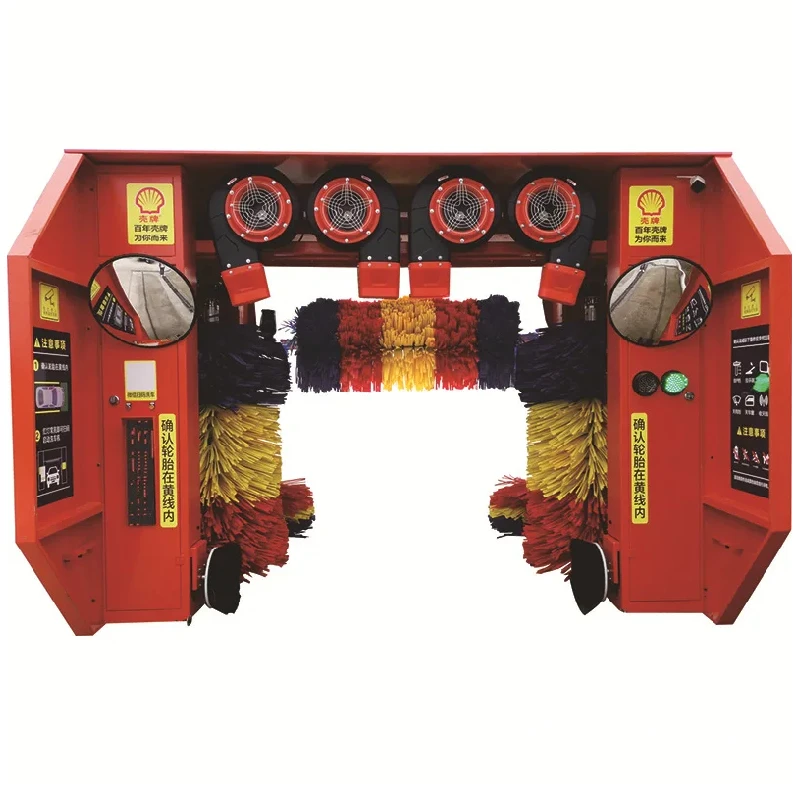
Use cases, customization, and what operators report
Common scenarios: highway forecourts chasing throughput; dealer service lanes focusing on finish quality; fleets prioritizing low cost-per-wash. Custom options usually include width/height adjustments for SUVs, payment system integration (QR, RFID), LED signage, anti-corrosion kits for coastal sites, and reclaim-ready plumbing. Feedback? It seems that consistent air drying reduces hand-wipe labor by ≈ 70%—operators like that.
Case study (single site, anecdotal but useful)
A fuel station in a humid coastal city swapped in this car wash equipment. After a short shakedown, they averaged ~120 washes/day, basic ticket $6, upsell attach ~22% (wax/sealant). With a modest reclaim system, water usage dropped ≈ 28–35% (month-on-month). Downtime? Two brief stops in the first quarter for belt tension and a level sensor—routine fixes. The owner’s words, not mine: “Air dry saved towels and time.”
Quality, standards, and verification
Ask for: factory ISO 9001 certificate, electrical compliance (CE/UL per region), IP ratings per IEC 60529, and electrical safety per IEC 60204-1. For motors, IP55/IP65 is common; real-world splash zones demand it. Request run-in test reports (e.g., 200 cycles, temperature and noise logs) and a preventive maintenance checklist. This car wash equipment class usually lives 8–12 years with quarterly PM, longer if you’re kind to brushes and bearings.
References:
- IEC 60529: Degrees of protection (IP Code). https://www.iec.ch/standard/60529
- ISO 9001: Quality management systems. https://www.iso.org/iso-9001-quality-management.html
- IEC 60204-1: Safety of machinery – Electrical equipment. https://webstore.iec.ch/publication/2612
- EU Machinery Directive 2006/42/EC (CE marking). https://single-market-economy.ec.europa.eu/single-market/european-standards/harmonised-standards/machinery_en
-
Car Wash Equipment – Durable, Efficient, Pro-Grade SystemsNewsNov.10,2025
-
automatic car washing machine price list: Fast ROI, Low CostNewsNov.10,2025
-
Car Wash Tunnel Design for High Throughput, ROI & UptimeNewsNov.10,2025
-
Car Wash Tunnel Design | High Throughput & Low MaintenanceNewsNov.10,2025
-
Automatic Car Washing Machine Price List - Fast ROINewsNov.10,2025
-
Car Wash Tunnel Design: High Throughput, Custom & DurableNewsOct.27,2025


